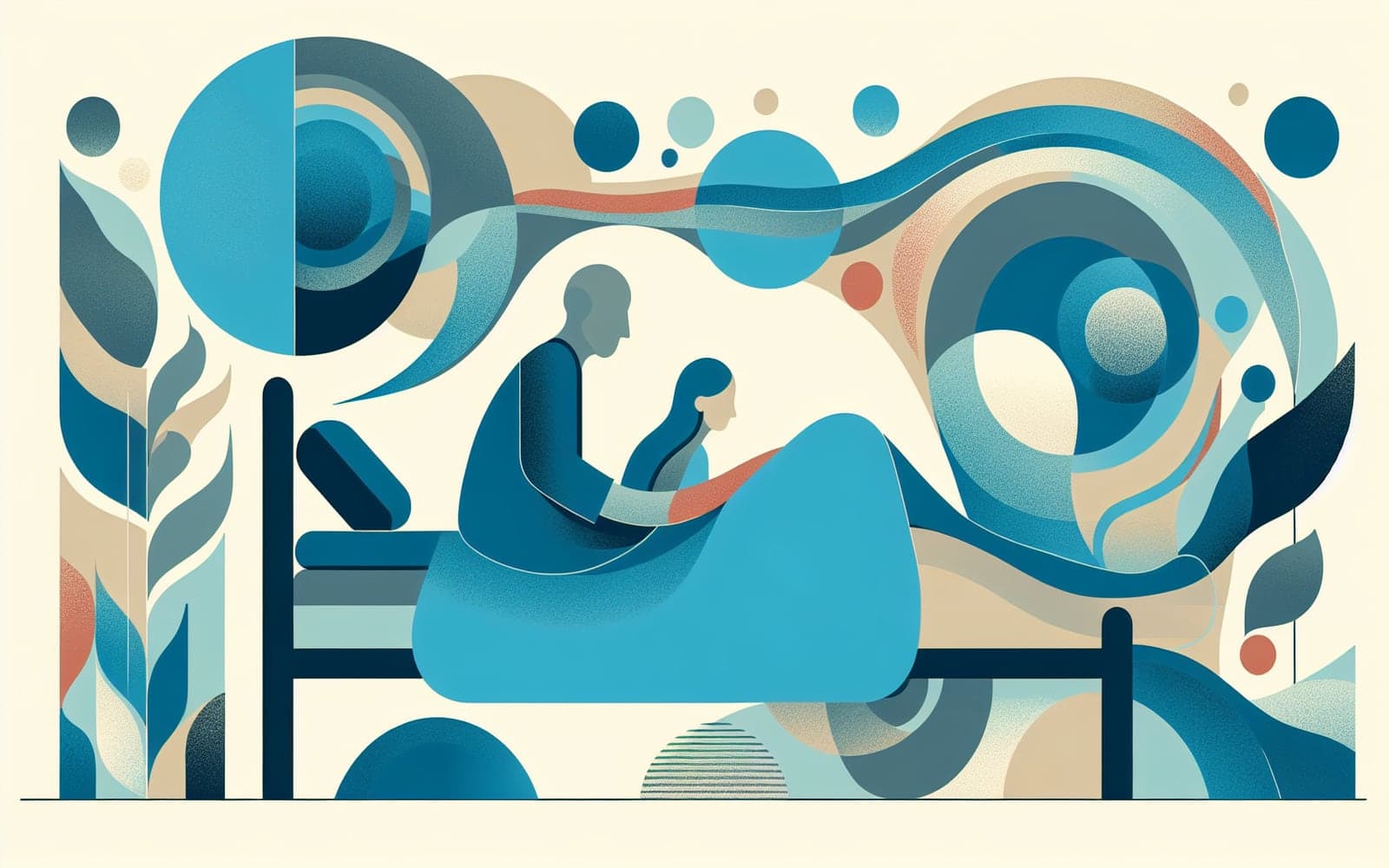Beyond the Urge to Move: Unraveling the Symptoms of Restless Legs Syndrome
Published: Jun 26, 2024
Restless Legs Syndrome (RLS) is often misunderstood and misdiagnosed. While the urge to move the legs is the hallmark symptom, RLS can manifest in various ways that might surprise you.
Contents
The Classic RLS Symptoms
The primary symptom of RLS is an irresistible urge to move the legs, often accompanied by uncomfortable sensations. These sensations are frequently described as crawling, creeping, pulling, or throbbing. Imagine ants crawling under your skin or a deep ache that won't go away unless you move. These symptoms typically worsen at rest and in the evening or night.
Sleep Disturbances and Daytime Effects
RLS can severely disrupt sleep, leading to insomnia and daytime fatigue. Many people with RLS also experience periodic limb movements during sleep - involuntary jerking or twitching of the legs. This can result in fragmented sleep even if you don't fully wake up. It's like your legs are running a marathon while you're trying to sleep, leaving you exhausted during the day.

Emotional and Cognitive Impact
The chronic sleep disruption caused by RLS can lead to mood changes, irritability, and difficulty concentrating. Some people with RLS experience anxiety or depression related to their symptoms. It's not just a physical condition - RLS can take a significant toll on mental and emotional well-being.
Less Common Symptoms
While RLS primarily affects the legs, some people experience similar sensations in their arms or other parts of the body. In rare cases, RLS can cause pain rather than just discomfort. Some individuals report a worsening of symptoms during long periods of inactivity, such as during travel or when confined to bed due to illness or injury.
Frequently Asked Questions
Yes, while symptoms often worsen at night, they can occur any time during periods of inactivity.
No, some people only experience the urge to move without other sensations.
Yes, symptoms can vary in frequency and severity, sometimes with periods of remission.
No, the exact nature and intensity of symptoms can vary widely between individuals.
Yes, but they may describe their symptoms differently than adults.
The Bigger Picture
Understanding the full spectrum of RLS symptoms is crucial for proper diagnosis and effective management of this complex condition.
References
- Allen RP, et al. Restless legs syndrome/Willis-Ekbom disease diagnostic criteria: updated International Restless Legs Syndrome Study Group (IRLSSG) consensus criteria. Sleep Med 2014; 15:860-873.
- Earley CJ, Silber MH. Restless legs syndrome: understanding its consequences and the need for better treatment. Sleep Med 2010; 11:807-815.
- Becker PM, Sharon D. Mood disorders in restless legs syndrome (Willis-Ekbom disease). J Clin Psychiatry 2014; 75:e679-e694.
This article has been reviewed for accuracy by one of the licensed medical doctors working for Doctronic. Always discuss health information with your healthcare provider.
AI Doctor Visit Required
Appointments available 24/7
15-min consultation. No hidden costs.
AI Doctor Visit Required
For safety reasons we have been forced to end this consultation.
If you believe this is a medical emergency please call 911 or your local emergency services immediately.
If you are experiencing emotional distress, please call the the Suicide & Crisis Lifeline at 988 or your local crisis services immediately.
Contact us
You can also email us at help@doctronic.ai
We aim to reply within 5-7 days
How likely are you to recommend Doctronic to friends or family?


